The Kamo Eggplant, or Kamo nasu, is a celebrated summer vegetable from Kyoto. You can spot it right away by its large, round shape. As a key food in traditional cooking, this vegetable is deeply connected to the city’s seasonal meals. This article will focus on what makes this eggplant variety a central piece of Kyoto’s food culture, tracing its history, describing its special traits, and telling you where you can try its most famous recipe.
What is Kamo Nasu?
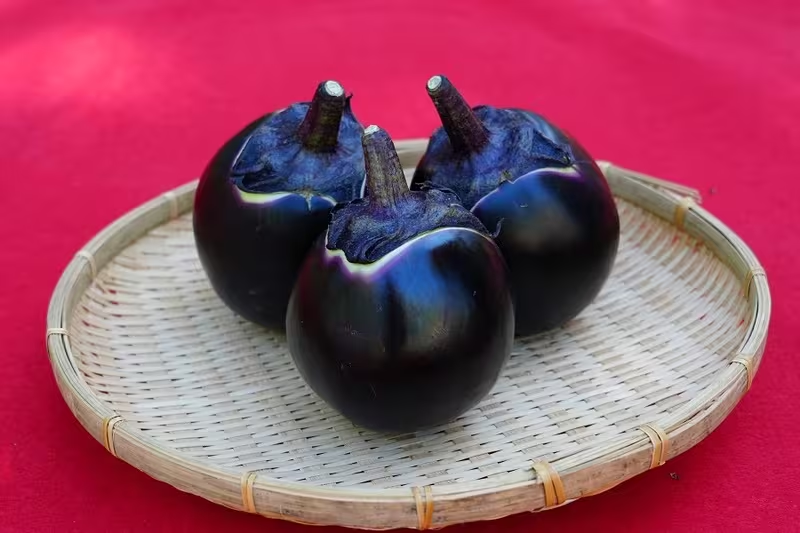
The Kamo nasu is very different from the long, skinny purple eggplants most people know. It is a large, fat, rounded eggplant, about the size and shape of a grapefruit, and has a deep, shiny purple skin. They value this for its texture, which is firm and dense, often described as meaty.
Importantly, its flesh holds its shape well and doesn’t easily break down when cooked for a long time. This firm texture, paired with a subtle, fine flavor and natural juiciness, makes it highly prized in traditional Japanese cooking. Its name comes from the Kamigamo and Nishikamo regions of Kyoto where it first grew.
Origin of Kamo nasu
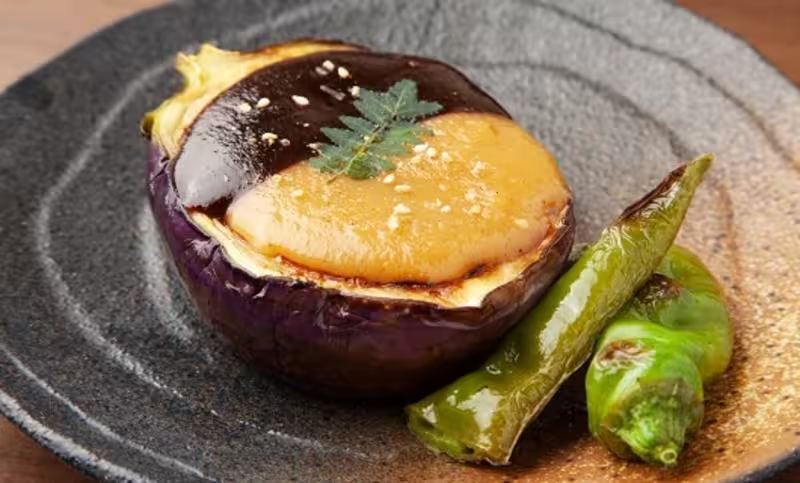
This unique vegetable is one of the designated Kyo-yasai, or traditional heritage vegetables of Kyoto. Its history connects to the Kamigamo and Nishikamo areas of the city, which is how it got its name. Thus, growing this eggplant has historically been centered in these northern parts of Kyoto.
Kamo nasu is a seasonal symbol of summer, especially popular during the Gion Festival in July. Its lasting appeal is because of its superior quality and its perfect use in dishes like Dengaku. Because it needs specific soil and climate to grow, it remains a specialty food whose flavor announces the peak of the summer season in Kyoto.
Where to Taste This Specialty
Jyūnikiya Kan (十二季家 歓)
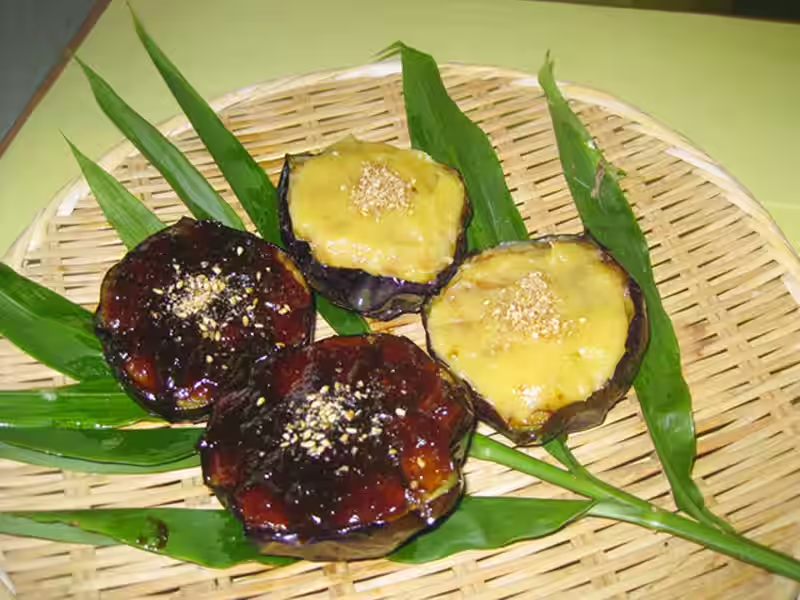
The most famous way to enjoy Kamo nasu is in Nasu Dengaku. In this dish, the eggplant is cut in half, lightly fried, and then topped with a sweet, rich miso paste before being grilled. A great place to try this dish is Jyūnikiya Kan (十二季家 歓), conveniently located inside the Kyoto Abanti building near Kyoto Station. This restaurant offers many kinds of seasonal Japanese dishes from the region, making it an ideal place to sample this classic preparation. Furthermore, their Kamo nasu no Dengaku highlights the eggplant’s meaty texture and delicate flavor, which goes perfectly with the savory-sweet miso glaze.
Summary
The Kamo nasu truly represents the best of Kyoto’s seasonal cooking. Its physical traits—the perfect roundness, firm texture, and juicy flesh. Hence, making it an essential summer ingredient that tastes excellent even with simple cooking.
The classic Dengaku recipe honors its high quality by bringing out its flavor and texture, creating a dish that feels both simple and luxurious. This valuable eggplant helps keep the tradition of light, flavorful summer food in Kyoto going strong. You can try out Agedashi tofu, Daikon, and many more.
You can also look up in this article the different Kyoto’s traditional vegetables or popularly known as Kyo Yasai.
FAQ
- What is Kamo nasu?
A large, round eggplant from Kyoto. It has thick skin and firm flesh.
- When is it in season?
Summer, mainly July to September.
- How is it different from other eggplants?
Round shape, dense texture, less oil absorption, and strong flavor.
- How do I pick a good one?
Choose shiny skin, a fresh green stem, and a fruit that feels heavy for its size.
- How can I cook it?
Grill, roast, fry (tempura), simmer, or use in miso dengaku.
- Should I peel it?
The skin is edible. You can peel it or cut shallow slits to help it cook evenly.
- Any prep tips?
Cook soon after cutting. If bitter, sprinkle salt, wait a few minutes, then pat dry.
- How long does it keep?
In the fridge vegetable drawer, 2–4 days. For longer storage, cook then freeze.
- Is it healthy?
Yes. Low in calories and a good source of fiber and potassium.
- What can I use if I cannot find Kamo nasu?
Use other round or globe eggplants. Texture and taste will differ slightly.
- Where can I buy it?
Kyoto markets, summer supermarkets, and some specialty stores or importers abroad.
- Best simple way to eat it?
Grill or broil and top with miso paste (dengaku) or serve with ponzu.
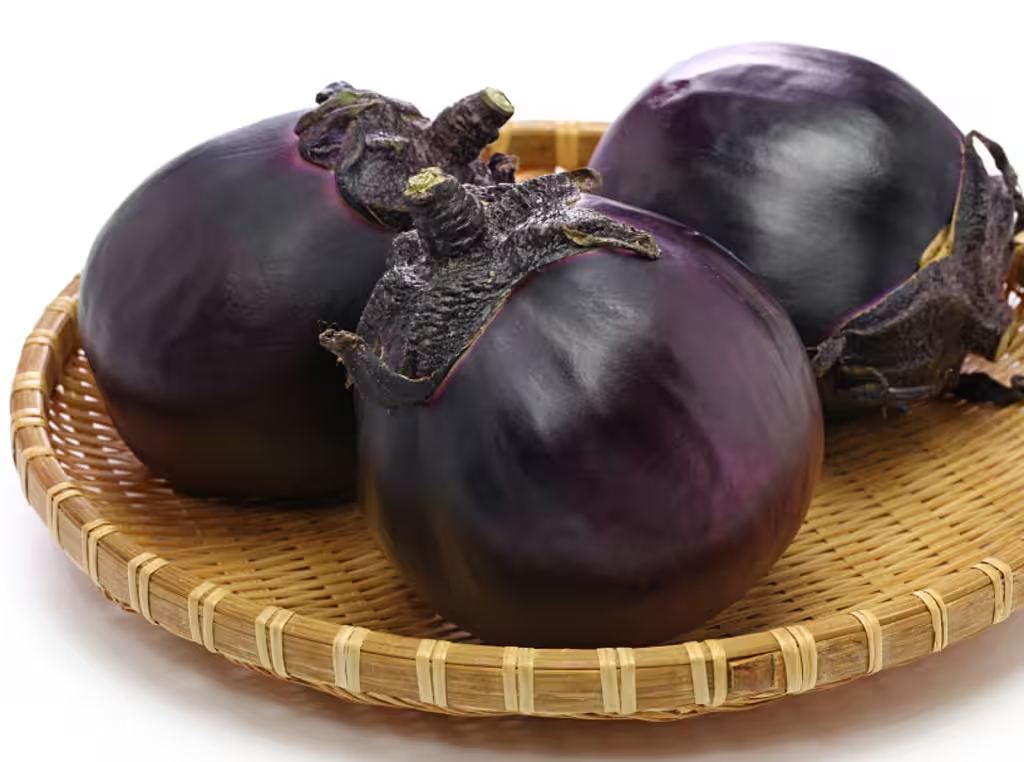

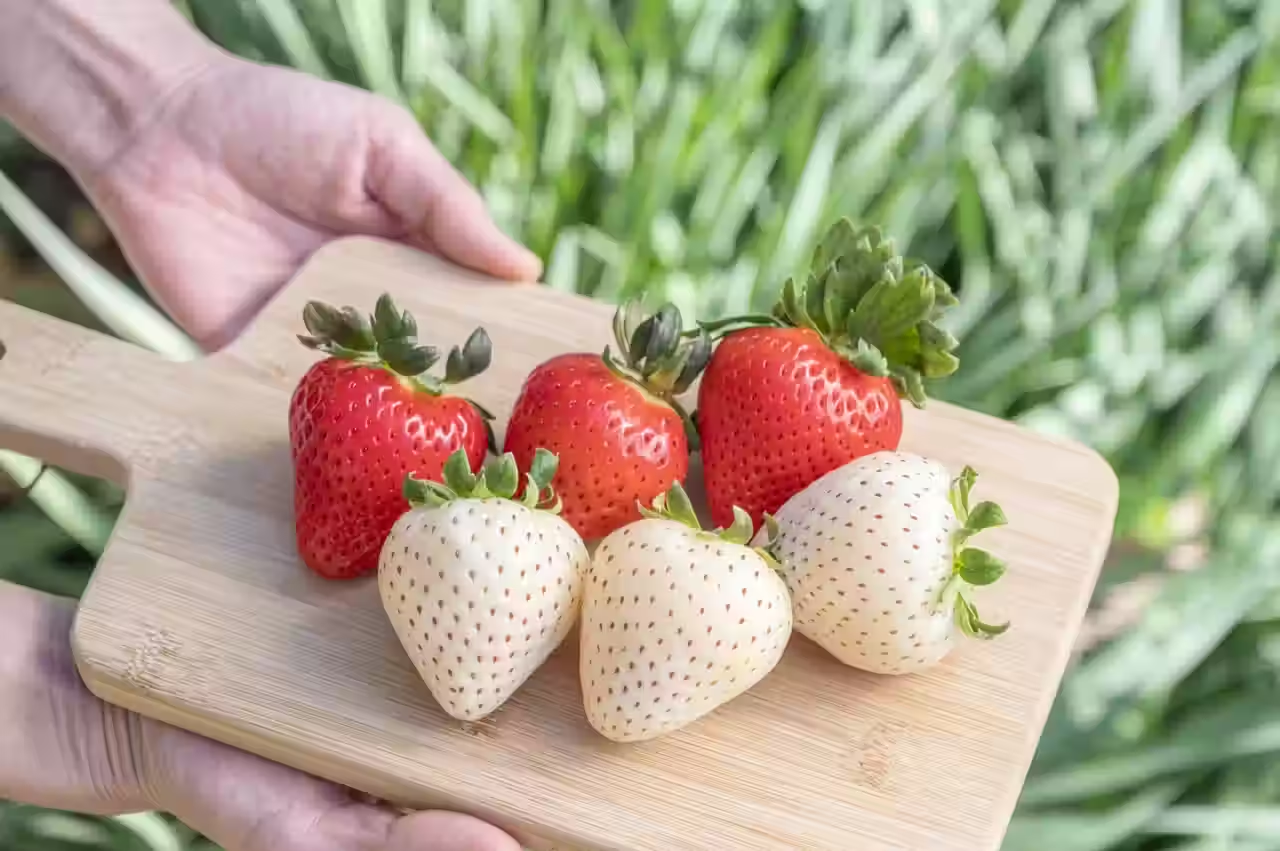
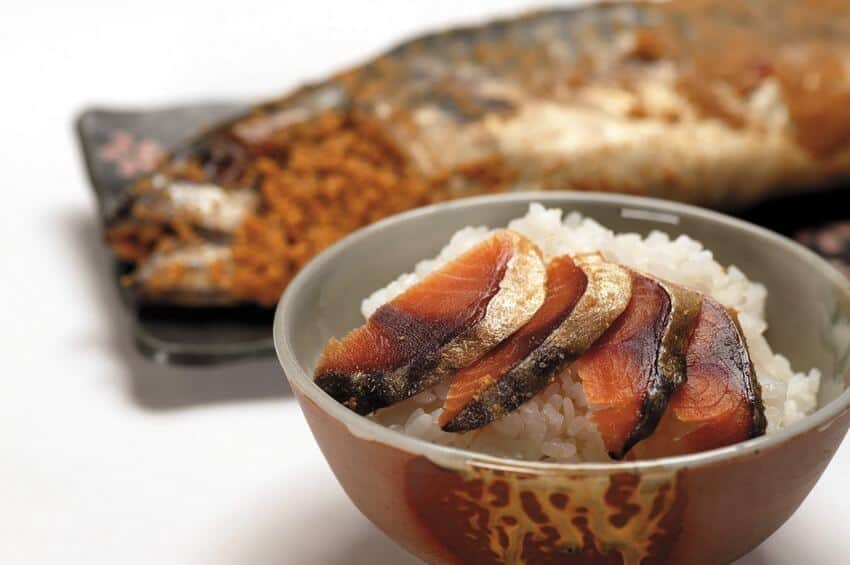
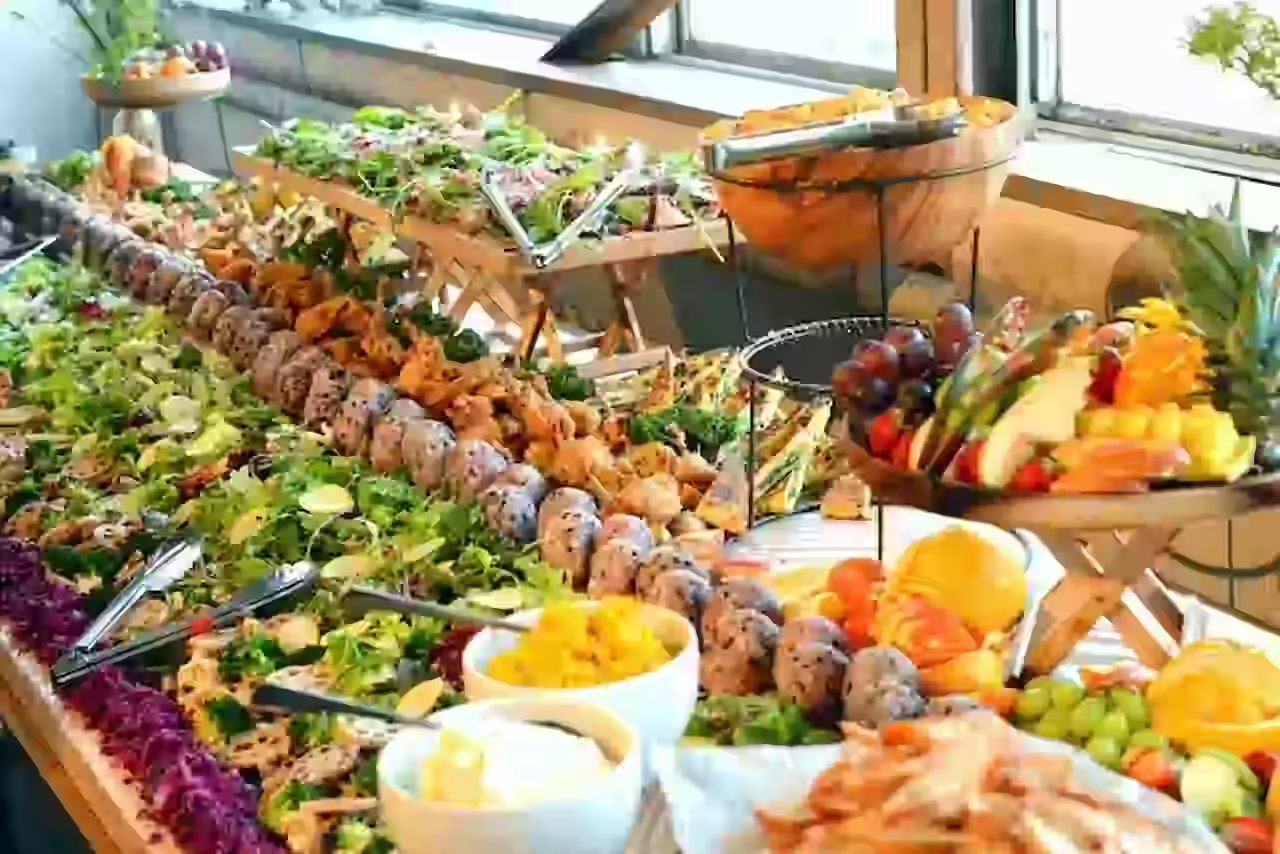

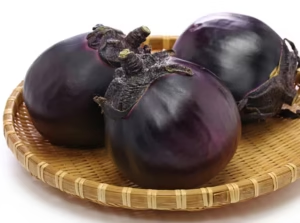

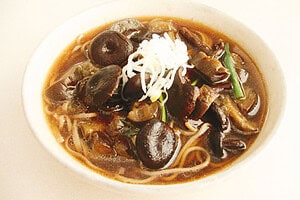
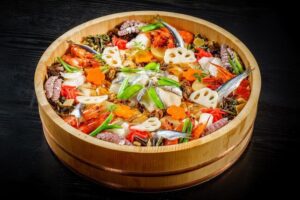
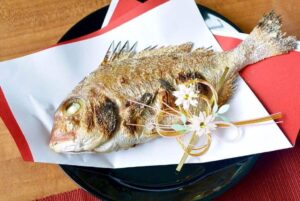
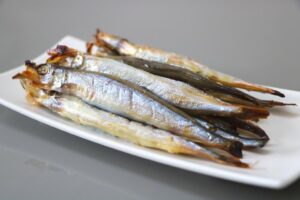

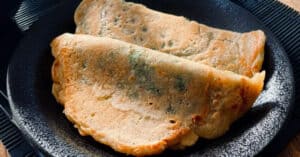
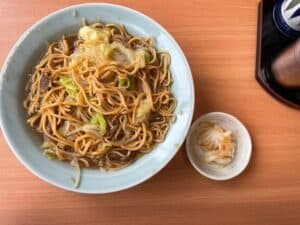
Comments